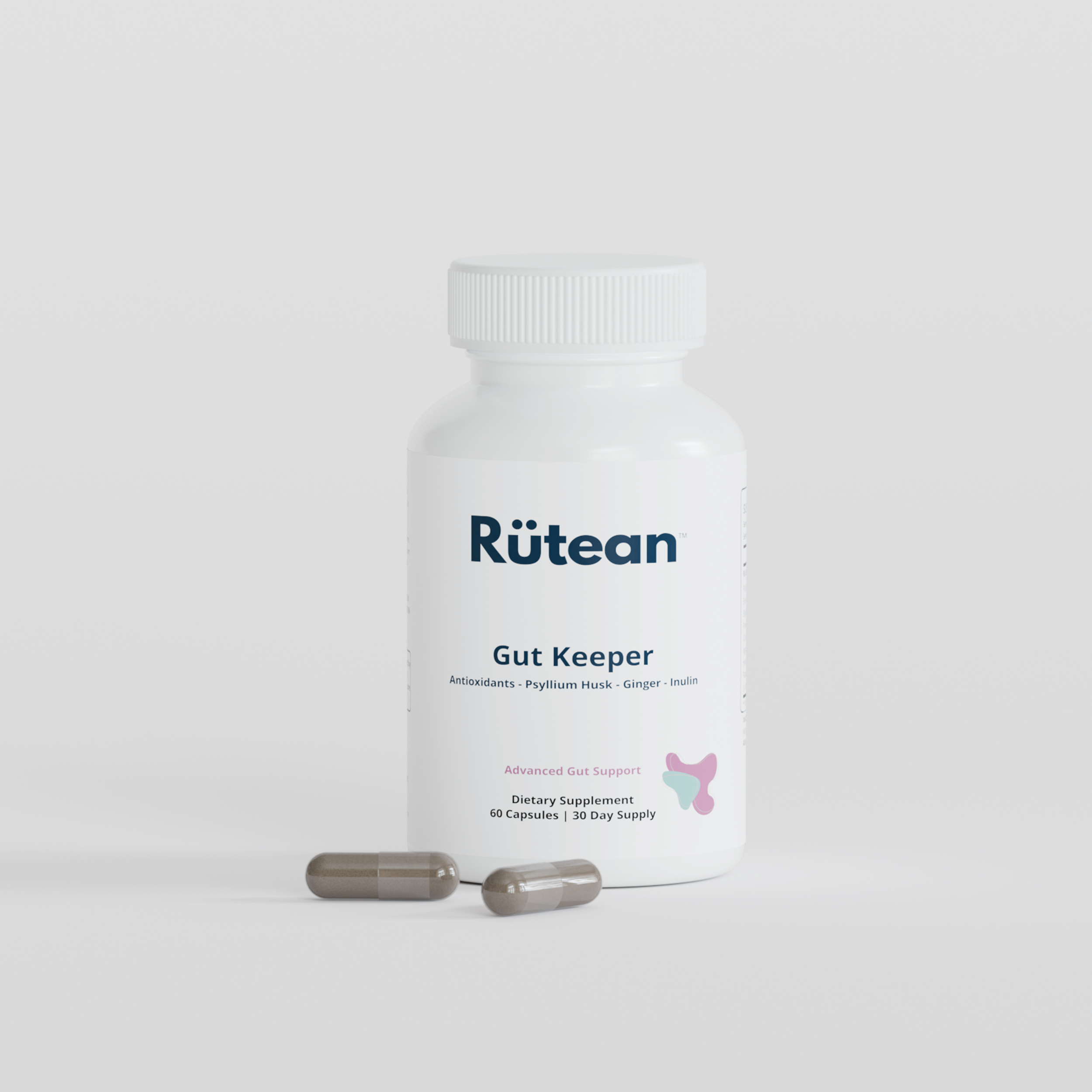The quest for a "perfect" body often drives many of us to extremes. For women, in particular, the allure of achieving an ultra-lean, "ripped" physique can be especially tempting. However, striving for extremely low body fat percentages can pose serious health risks, some of which are often overlooked or misunderstood. In this blog post, we delve into why low body fat percentages can be harmful for women, backed by scientific evidence.
The Allure of Low Body Fat
The modern media often glorifies lean bodies, portraying them as the epitome of fitness and health. However, there's a fine line between lean and too lean. Extremely low levels of body fat may lead to a variety of health problems that could outweigh the benefits of looking "ripped."
Hormonal Imbalance
One of the most immediate dangers of extremely low body fat percentages in women is the risk of hormonal imbalance. Essential hormones like estrogen are produced and stored in fatty tissues. When these fatty tissues are depleted, it can result in decreased estrogen levels, affecting menstrual cycles and potentially leading to amenorrhea (absence of menstruation).
Fertility Issues
Low levels of body fat are closely linked to fertility issues. Women with low body fat often experience anovulatory cycles, where an egg is not released from the ovaries. This makes conception extremely difficult and could lead to long-term fertility problems.
Increased Risk of Osteoporosis
Women are generally more susceptible to osteoporosis compared to men. Extremely low body fat percentages can exacerbate this risk. The reduction in estrogen levels can weaken bones, making them more fragile and susceptible to fractures.
Cardiovascular Problems
Though it may seem counterintuitive, extremely low levels of body fat can also increase the risk of cardiovascular issues. The imbalance of essential fatty acids and the strain that constant dieting and extreme exercise can put on the heart contribute to these risks.
Psychological Effects
Maintaining an extremely low body fat percentage often requires severe calorie restriction and intense physical training. This can lead to stress, anxiety, and symptoms of eating disorders, which have their own set of dangers.
What is a Healthy Range?
The American Council on Exercise suggests a body fat percentage range of 21–24% for women aged 20–39, and 22–26% for women aged 40–59. It's crucial to consult a healthcare professional for a personalized recommendation based on your specific health needs.
Conclusion
While achieving a low body fat percentage may be tempting for aesthetic reasons, it's essential to consider the hidden health risks. Striving for a balanced, healthy physique is not only better for your appearance but for your long-term health as well.
References
1- Female Athlete Triad," Medicine & Science in Sports & Exercise, 2014.
2- The Impact of Estrogen on Bone Health," Journal of Clinical Endocrinology & Metabolism, 2018.
3- Body Composition and Hormonal Adaptations," European Journal of Applied Physiology, 2000.
4- Low Fat Percentage as a Risk Factor for Cardiovascular Diseases," American Journal of Cardiology, 2016.



